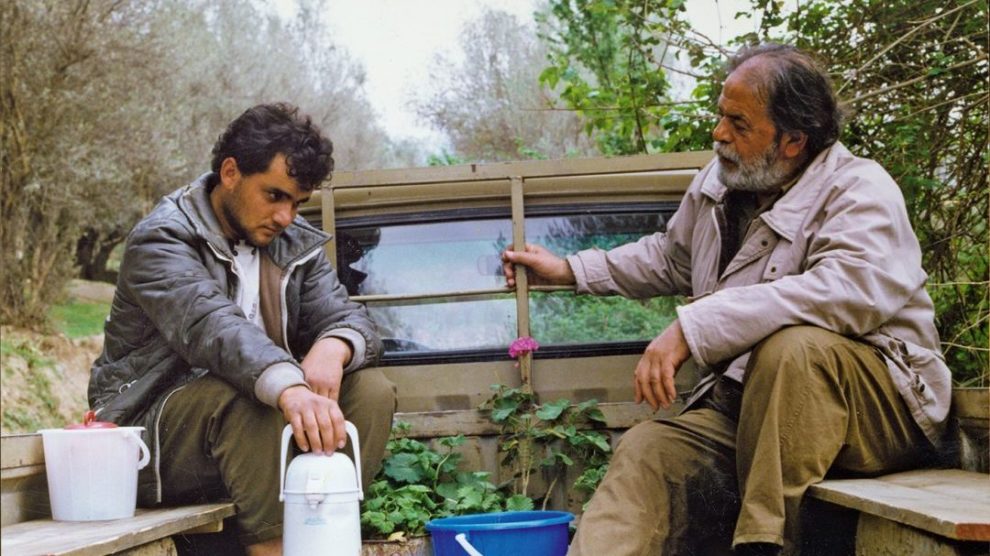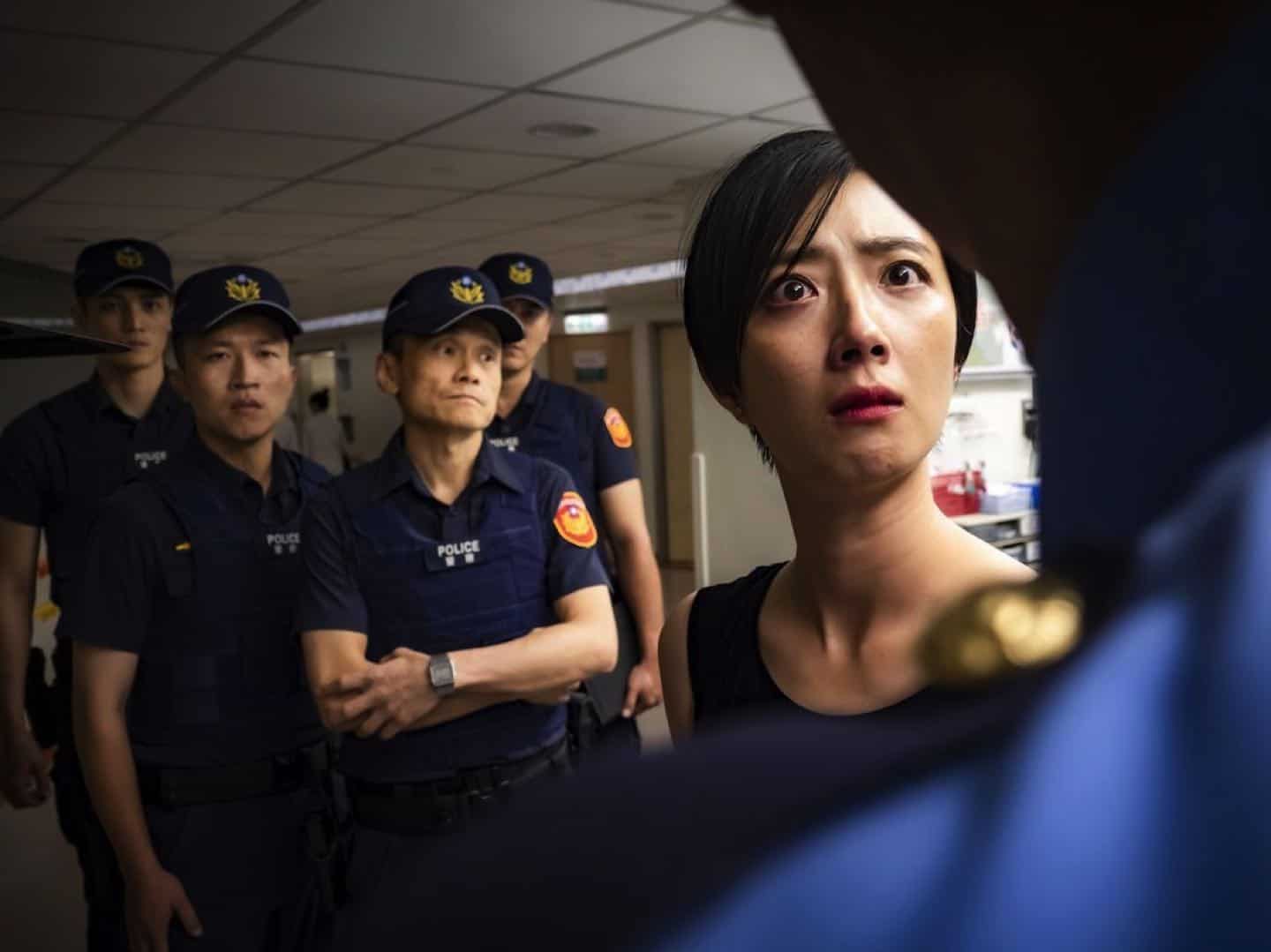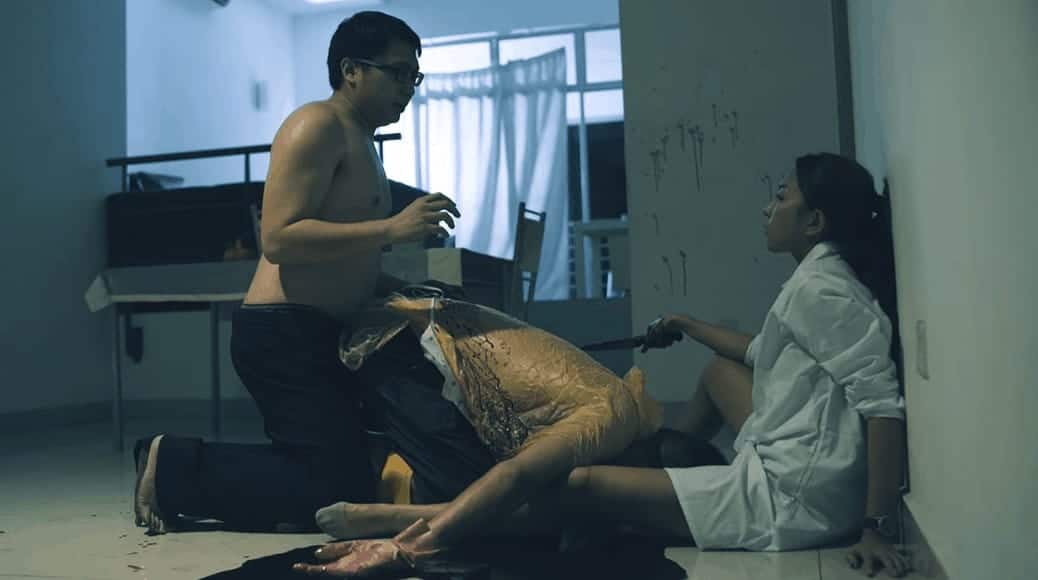Although features such as “Close-Up” (1990) received high praise from international critics, making it possible for director Abbas Kiarostami to seek financial backing for his projects in other countries, producing new features in his home country Iran proved to be increasingly difficult. Iranian authorities accused the director of becoming Westernized because of the use of Western music, especially classic, and also showing a rather clichéd image of Iran. However, Kiarostami still returned to the village of Koker, the setting of “Where is the Friend's House”, to tell yet another story, inspired by one incident during the filming of one scene in “And Life Goes On”. The two actors, a boy and a girl, both local, had to do a scene together, but something was off and there was a certain tension between the two of them, which Kiarostami investigated further, uncovering a story of lost love and disappointment closely linked to the history of the village, that was almost completely destroyed after an earthquake.

A director (Mohamad Ali Keshavarz) wants to make a feature set in the village of Koker, as well as the surrounding area, using mainly locals as actors. Because the region has been heavily destroyed and changed due to an earthquake some years ago, the original village, where he shot “Where is the Friend's House?”, is now ruined, with only a few of the locals still living there, while the majority lives in tents near the main road. Since money is scarce among the population, the chance to earn a small wage is a big opportunity for the people, so that the director's assistant Mrs. Shiva (Zarifeh Shiva) spends most of the time driving back and forth, delivering equipment and transporting actors. The couple at the center of the story has been cast a long time ago, and especially Hossein (Hossein Reza) seems more than eager to deliver a good performance, whereas Tahereh (Tahereh Ladanian) does not seem to be happy.
During the shooting of one scene, it becomes evident that there is some kind of tension between Hossein and Tahereh, as it takes several takes to film and some changes to the script before the crew can move on. Eventually Mrs. Shiva finds out what has happened, as Hossein confesses he had been a mason, had built a house to start a family and had wanted to marry Tahereh, whose parents had already given their blessing. However, as the earthquake came and went, his house was destroyed and the girl's parents killed, leaving her in the care of her grandmother, who is strongly opposed to the marriage. To Hossein, the filming is perhaps the last chance he has to get close to Tahereh and confess his love.
Given the nature of the three films of the trilogy named after the village, it is obvious Kiarostami and his team felt a deep connection to the region, its people and its culture. Over the years, the bond must have intensified, embedding the production of the previous two features within the history of the village, considering the various dialogues about “Where is the Friend's House” between actors. Right from the beginning, when the director, played by Mohamad Ali Keshavarz, breaks the fourth wall, introducing himself to the viewer and explaining what the movie will be about, Kiarostami emphasizes the story of “Through the Olive Trees” which is about this specific connection, the role of art, or film, to be precise, in overcoming or dealing with the wounds of the past. As with many others of Kiarostami's features, the landscape again plays a distinct role in that regard: on the one hand, an image of the destruction caused by the earthquake, but on the other hand a metaphor for emotional turmoil and hardships people such as Hossein and Tahereh had to go through, thus creating a certain distance towards the past and the loss of one's dreams.
As we come to the scene, which, during the making of “As Life Goes On”, inspired Kiarostami, it is obvious the story aims to tackle these wounds of the past, causing tension in the present. The repeated images of the tents and the deserted town, which is now only inhabited by a few of the villagers, is closely linked to, for example, Hossein's realization about the absurdity of building something. The repetition of the scene, the various instances of correction by the director and especially Hossein wanting to talk to Tahereh, seem almost like a way of bridging this specific gap, and coming to terms with what has happened. Through filming, a process of healing and approaching the other can be started, which is perhaps why, even in the middle of destruction and destroyed dreams, there is a shimmer of light coming through, that is even more true in the ambivalent, and yet beautiful ending.
“Through the Olive Trees” is a poetic drama about hope, life and how art can start a process of coming to terms with one's past. Apart from the beautiful imagery, director Abbas Kiarostami proves his talent for showing relationships, their structure and the connection of people and where they live.
















